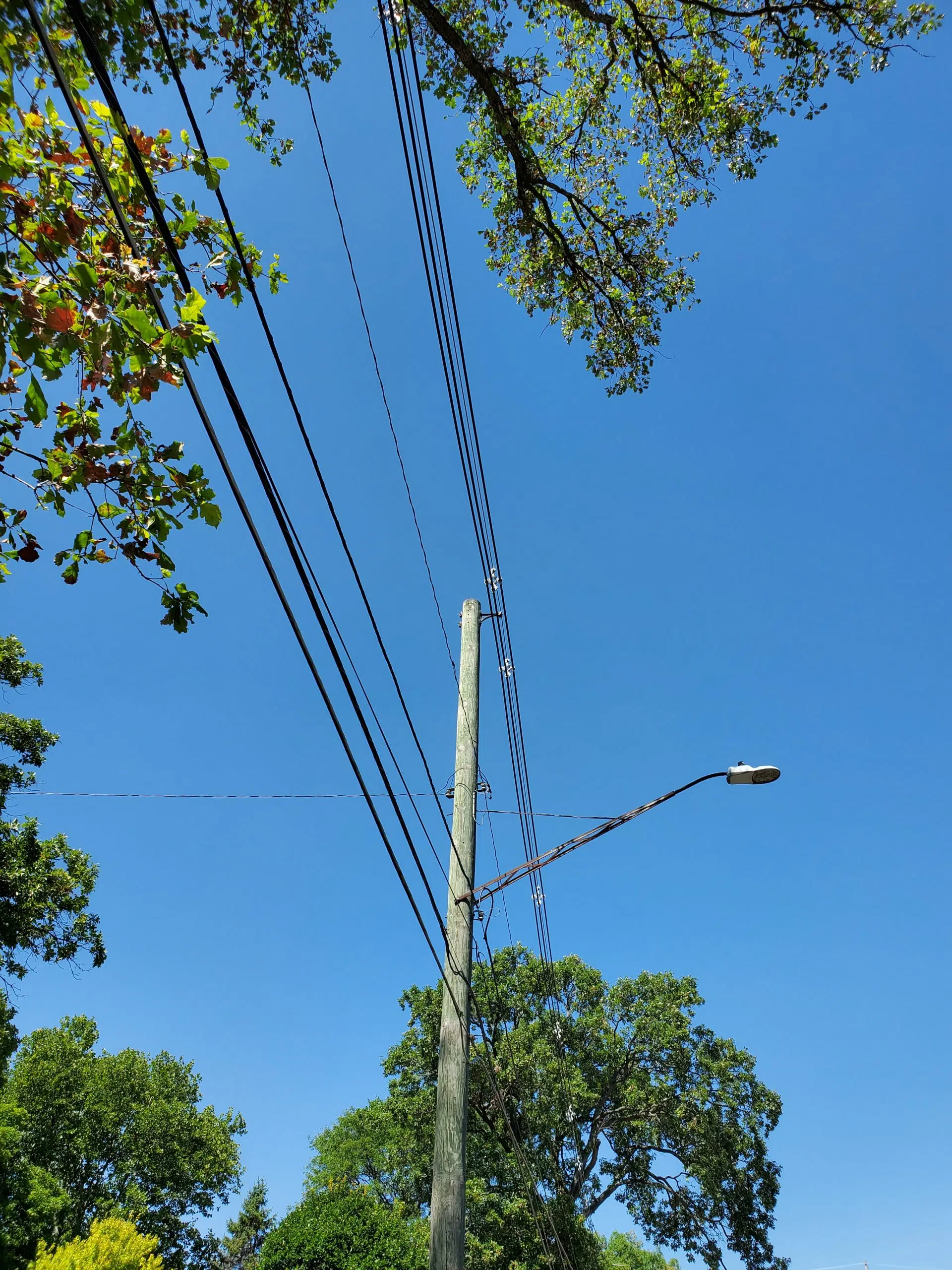JACKSON, MI (WKZO AM/FM) – Consumers Energy announced on Wednesday that it is proposing a targeted undergrounding pilot program pending approval from the Michigan Public Service Commission.
Consumers Energy officials say the program is meant to help the company better understand how to bury power lines in a cost-effective way to strengthen Michigan’s electric grid and reduce outages and will study real-world resiliency improvements that result from burying power lines, and how the improvements compare with other approaches to improving electric service for nearly 2 million Michigan homes and businesses.
Proponents of the of program say buried power lines are protected from common outage causes, including lightning, high winds, tornadoes, heavy snow, ice and falling tree limbs. Buried lines also reduce or eliminate downed wire electrocutions, fire hazards, vehicle collisions, and falling poles, improving public safety.
“We know burying power lines will help make the grid stronger, especially during violent storms that are hitting Michigan more frequently,” said Greg Salisbury, Consumers Energy’s vice president of electric distribution engineering. “Historically the costs to bury lines have been too expensive, but we have driven down the cost per mile to be equivalent to above-ground hardening costs. This pilot will help us learn even more about how to bury lines in ways that keep costs as low as possible, allowing us to bury additional lines in the future.”
“We can’t control the weather, but we can control how we prepare for more extreme storms,” said Chris Laird, Consumers Energy’s vice president of electric operations. “Burying the lines is just one tool we can use in our growing toolbox to prevent outages from impacting our customers. We are committed to delivering more reliable, resilient energy for every customer.”
The pilot program is set to target circuits in Genesee, Livingston, Allegan, Ottawa, Montcalm, and Iosco counties that have frequent, lengthy outages and are in areas with dense trees, which are often responsible for the outages.
“It is important to remember burying our lines might be the right solution for some areas but not others. We will use a strategic approach and do it in the most cost-effective way for our customers. And by using a few different strategies to strengthen the grid, we will be able to deliver a brighter future for all the communities we serve,” said Salisbury.
In the future, Consumers Energy aims to underground about 400 miles of line annually as about 15 percent of Consumers Energy lines are currently underground, with most located in subdivisions and areas with high population density.





